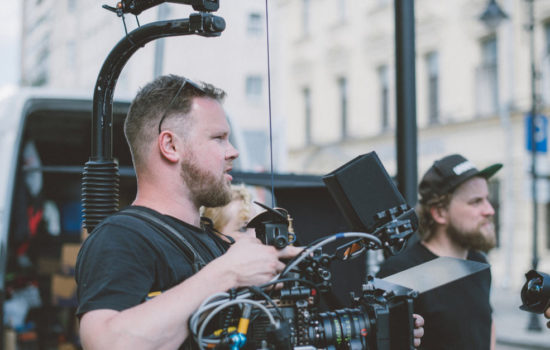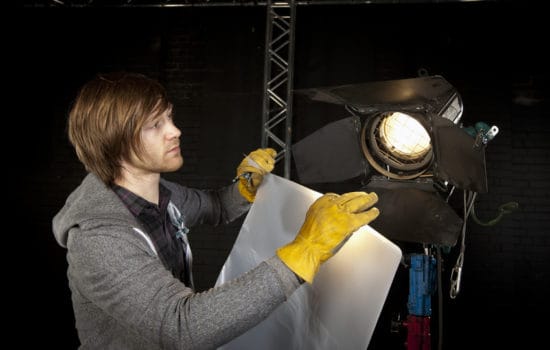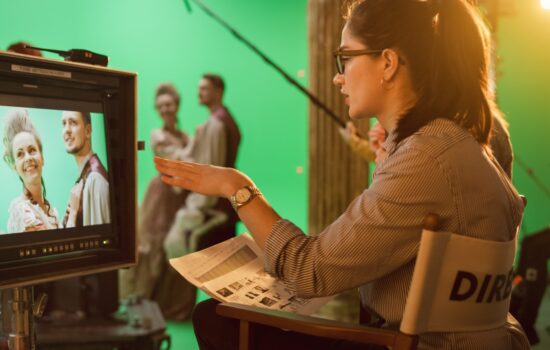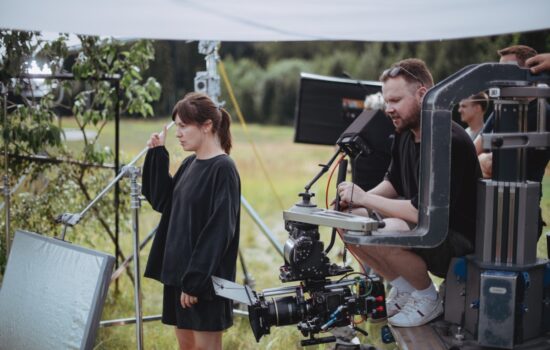How do you start writing a script?
All scripts start with two things – an idea behind a story and a desire to tell that story. Getting started is literally a matter of how much you want to write a screenplay.
Everyone’s got an idea (or in some cases, several ideas) for a movie and/or TV show. But how do you transfer something from a nebulous idea to a concrete screenplay? There are many elements to a screenplay, from both technical and creative standpoints. Let’s start with the technical aspects…
What is the format of a script?
There’s an Industry standard professional template for scripts that’s best to follow when you’re writing. Feature screenplays tend to run from 90-120 pages (following the general rule that one page equals – on average — one minute of screen time). They’re written in courier 12pt font and printed on 8 ½”x11½” white paper. Page margins should have a 1½-inch margin on the left of the page, a 1-inch margin on the right of the page, and 1 inch of white space on the top and bottom of the page. Page numbers should appear in the upper right corner of every page (with the exception of the first). Title pages contain the work’s title, the author’s name and their representation (if applicable).
Beyond the clinical aesthetics of script templates and what the page should look like, there are several elements that go into writing a screenplay accurately. Let’s get into some of those fundamentals…
What are the 5 basic elements of a script?
When writing a script, certain elements are essential for putting together a story that can one day translate into a successful film:
- Crafting characters. Who are we following? Why do we care about them? What about them is keeping us invested for two hours or more? A script first and foremost must have interesting, dynamic characters whose story we want to know and see to the end.
- Giving them a want. Audiences most identify with characters who want something. Maybe it’s a new job. Perhaps it’s a healthy relationship. Whatever that want or goal is, make sure it’s clear and compelling. And don’t forget to do the same for everyone else in your story! From your antagonist to supporting characters, give everyone something to chase after.
- Outlining plot. Maybe your protagonist wants a lazy, quiet afternoon on the couch to read a book. Well, that’s not going to make for a very interesting story if that’s exactly what they get to do in the film. Instead, have a plane crash into their living room. Or space aliens that abduct their dog. Or something, anything, that gives the protagonist something to do as they try to get their want. A story must always have a plot!
- Building a structure. In the world of screenwriting, a three-act structure is commonly used to get audiences interested in the story and invested enough to follow it through its entire trajectory. That means starting with an introduction to our characters and their wants, the journey of them struggling to get to their goals, and finally the ultimate climax that reveals whether or not they’re successful.
- Infusing conflict. If an audience is invested in a character, they typically root for them and hope that they will attain their goal. But nothing’s more boring than a protagonist who gets everything they want with ease. That’s why screenplays need conflict. Yes, as the Screenwriter, you might develop a soft spot for your characters and not want them to go through danger or despair, but that’s what makes their success at the end so satisfying! (Or their failure that much more heartbreaking.) So push aside your protective instincts and make sure your characters endure plenty of conflict before getting to their goal.























